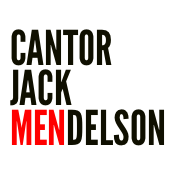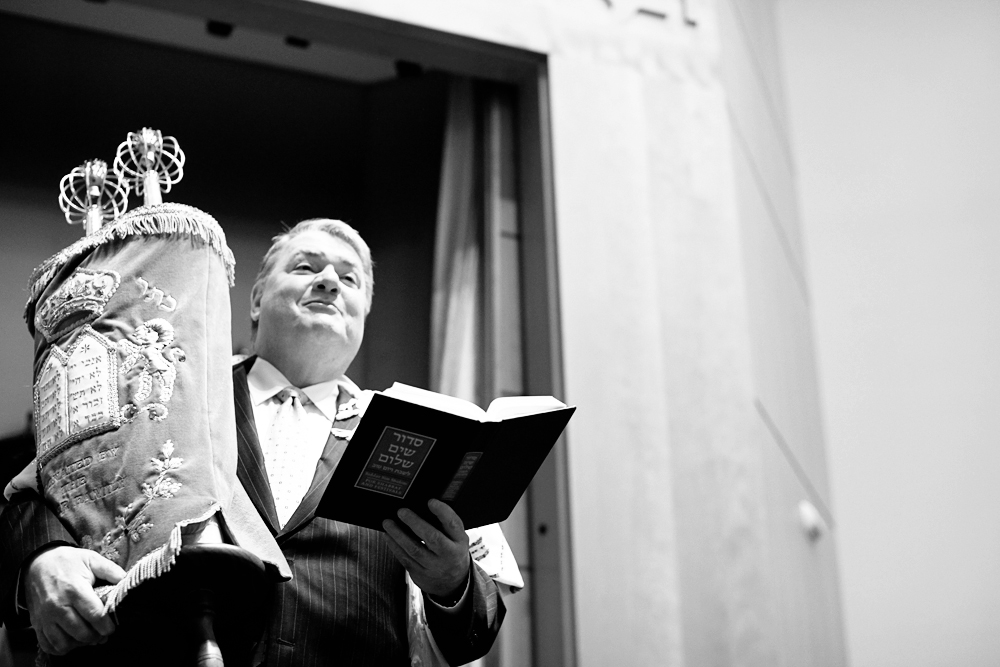A song with a beat
I always loved songs. As a kid, I was around for the birth of rock and roll; the first one of my friends to get a mini transistor radio, for under the pillow listening to the Big Bopper while pretending to be asleep. On shabbes afternoon, when the coast was clear, I’d turn on WQXR, and listen to the Texaco Met broadcast. My favorite part was the Aria, because they almost always had a beat, like a song. In shul, I loved the choir, because when they sang, there would be a rhythm that I could relate to. As I grew older and more musically sophisticated, I still loved songs with a beat, but I also appreciated that part of music which had no rhythm. The verse before the song in Pop music. The recitative before the aria in opera, and Chazzanut, which had no rhythm, except for a small section at the end of some pieces ala Yosseleh Rosenblatt.
Synagogue music, in my lifetime, has undergone many changes. When I was 2 or 3, Congregational singing just began to start in the Conservative movement. A typical composer of that day was Moshe Nathanson, a Hazzan, Hebraist, and fine musician who would set text appropriate for rhythm with simple tasteful tunes adhering to nusach and grammar. Everyone knew what prayers were meant for either Hazzan, or Hazzan and congregation. The Orthodox movement began flexing its congregational musical muscles around the late ’50’s. Starting with the Young Israel movement, which eschewed the use of a Cantor, the first melodies incorporated the use of nursery rhymes, (i.e. Bayom hahu to The Farmer in the Dell) to the horror of the Cantorial community. As for the reform movement, while attending HUC in the mid “60’s, my memories are of some light congregational participation, as in the Freed Chassidic Mi Chamocha, Yismechu, etc: with much Classical Reform repertoire sung solo.
The ’70’s showed a huge development, with the beginnings of the Carlebach revolution in Orthodox and Conservative, and in the late ’70’s the folk revolution of the Reform movement with Debbie Friedman Jeff Klepper Dan Freelander et al. Between then and now, in my opinion, those who’s natural inclination toward the classical, and those more comfortable with the folk sinned…
We didn’t talk to each other enough.
We needed to embrace each other, learn from each other, see to it that our services were embracing the new, while honoring our history. Instead we seemed to divide into two camps, entrenched.
I’ve reached the time in life when my weekends are free. I go to Shul. Different kinds of Shul. Many shabbatot I find myself in a Reform Synagogue. I love the idea of Hazzan accompanied by instruments. Here’s what I’ve noticed. The vast majority, and sometimes the entire service consists of a song with a beat, followed by a song with a beat, followed by a song with a beat….. In many cases I’ve witnessed a service where the Cantor doesn’t sing one word alone without the congregation joining in! In one such service, the pianist did a soulful interlude during the silent amida leading to Oseh Shalom. The congregants closed their eyes, swayed, and otherwise were engaged in an obvious moment of spirituality. The pianist, yes. The Cantor, no.
My dear colleagues and friends (now we get to the part in the sermon where my childhood Rabbi, Israel Schorr would say to the congregation: “I appeal to you….” and then he would call out the names of those who gave chai or whatever.) we all know that if you do anything just one way all the time it tends to get boring after a while. Yes, I know the new is what they want. That’s how it should be. But aren’t we teachers? Shouldn’t we want to broaden the musical horizons of our chevre? Didn’t we study our asses off in school to learn of our glorious musical heritage? Would it hurt them to hear (Yes, I said hear) a masterpiece like the Piket Ahavat Olam complete with an explanation by the Clergy to guide them in noticing the musical midrash? Or might it uplift them? How about a Rappaport Modim for you traditional Cantors with the same clergy treatment? In a service consisting of over twenty musical moments would it not be appropriate to use one or two to educate? We’re not serving spinach here, this is magnificent music.
I appeal to you: Let this be a year of good health and joy. A year in which we honor what and who came before us. A year of musical reconciliation.




